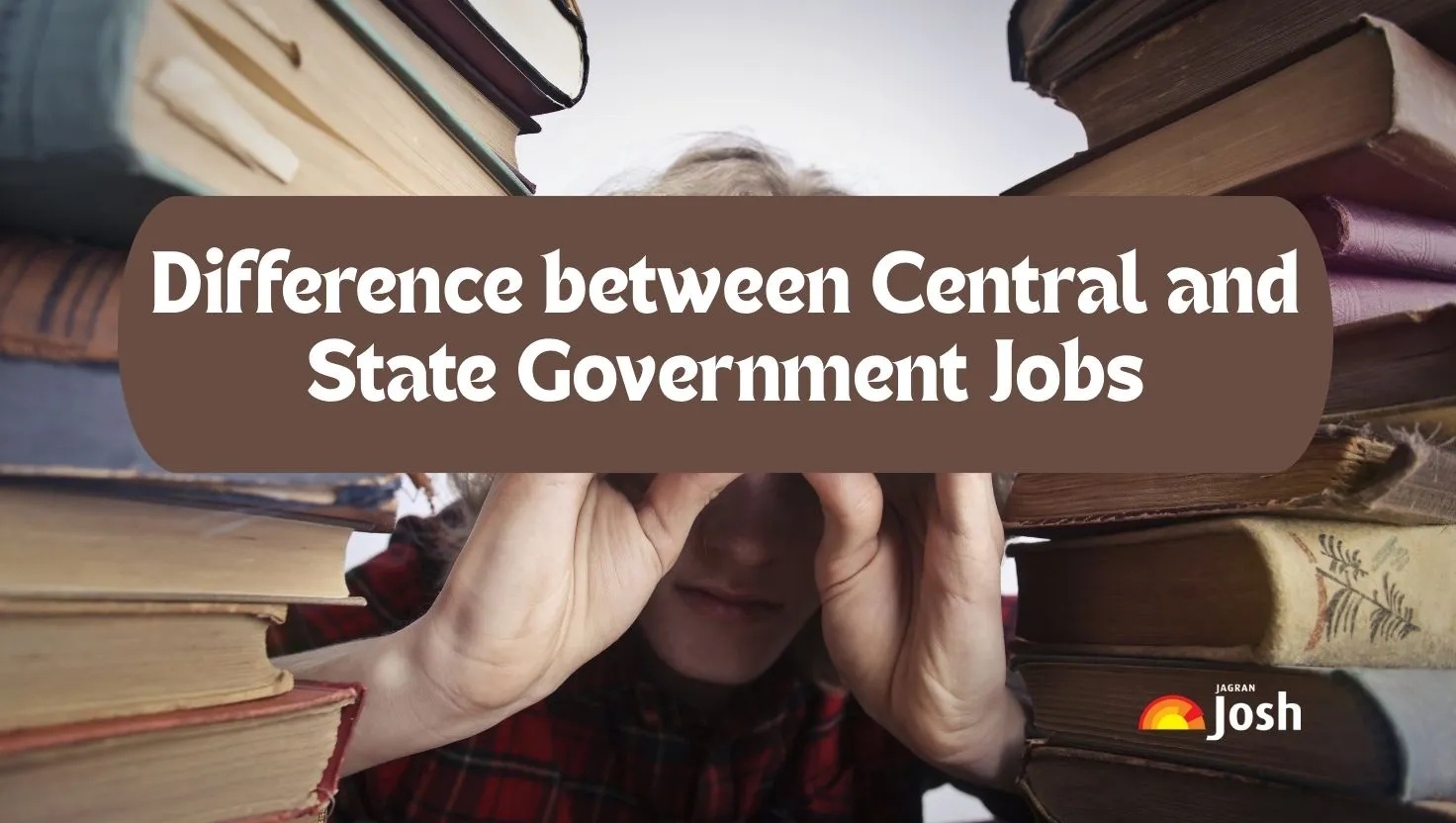
Understanding the Recruitment Landscape
Government jobs in India remain a top career choice due to their stability, competitive salaries, and societal prestige. However, aspirants often struggle to decide between central and state government roles. While both offer attractive remuneration and benefits, their recruitment processes, career trajectories, and operational frameworks differ significantly. Central government positions are administered by the central authorities of India, including bodies like the Union Public Service Commission (UPSC) and Staff Selection Commission (SSC). In contrast, state government roles are managed by state-level Public Service Commissions (PSCs) and local administrative departments. This distinction shapes the eligibility criteria, examination patterns, and selection timelines for candidates. For instance, central government recruitment often involves national-level exams with higher competition, while state-level positions may prioritize regional language proficiency and local administrative needs. Understanding these nuances is crucial for aspirants to align their career goals with the most suitable employment pathway.
Salary Structures and Allowances
A critical factor in comparing central and state government jobs is their salary frameworks. Central government roles adhere to the 7th Pay Commission guidelines, which establish standardized pay scales and allowances. For example, Group A positions in central services range from Rs 56,100 to Rs 2,25,000, while state government employees receive salaries based on their respective state budgets. This often results in lower upper limits for state jobs, such as Group A roles capped at Rs 1,77,500. Additionally, central government employees enjoy uniform benefits like housing allowances, transport subsidies, and medical coverage, whereas state-level benefits vary depending on state policies. These differences underscore the importance of evaluating financial expectations and long-term financial security when choosing between central and state employment opportunities.
Career Advancement Opportunities
Professional growth prospects differ markedly between central and state government roles. Central government jobs typically feature structured promotion timelines and access to national-level training programs, including international assignments and specialized courses. Departments like the Indian Administrative Service (IAS) and Indian Foreign Service (IFS) offer accelerated career paths with clear milestones. Conversely, state government positions rely heavily on state-specific policies and internal examinations for promotions, which can create variability in growth opportunities. While some states provide competitive internal exams for promotions, others may have limited vacancies or slower progression. Aspirants should also consider the scope for lateral entry and cross-departmental transfers, which are more common in central government roles. These factors influence long-term career satisfaction and professional development potential.
Work-Life Balance and Job Security
Both central and state government jobs offer high job security, but their impact on work-life balance varies. Central government employees often face mobility requirements, with postings across the country, particularly in roles like railways and civil services. This can challenge work-life balance for those with family commitments. In contrast, state government jobs typically involve postings within the same state, allowing for greater stability and proximity to home. Additionally, state employees often benefit from fixed working hours and minimal transfer policies, contributing to better personal life integration. While both sectors provide employment security, aspirants must weigh these factors against their personal priorities and lifestyle preferences.
Transfer Policies and Posting Locations
The geographical flexibility of central vs. state government jobs represents a significant differentiator. Central government roles often require employees to be posted anywhere in India, creating opportunities for mobility but also demanding adaptability to diverse environments. This is particularly relevant for roles in institutions like the Indian Railways or the Indian Defence Services. State government jobs, however, are confined to the applicant’s home state, offering greater stability for those seeking to maintain local ties. This posting structure influences career choices for individuals with family obligations, career aspirations, or regional preferences. Aspirants should evaluate their willingness to relocate and how these posting policies align with their professional and personal goals.



